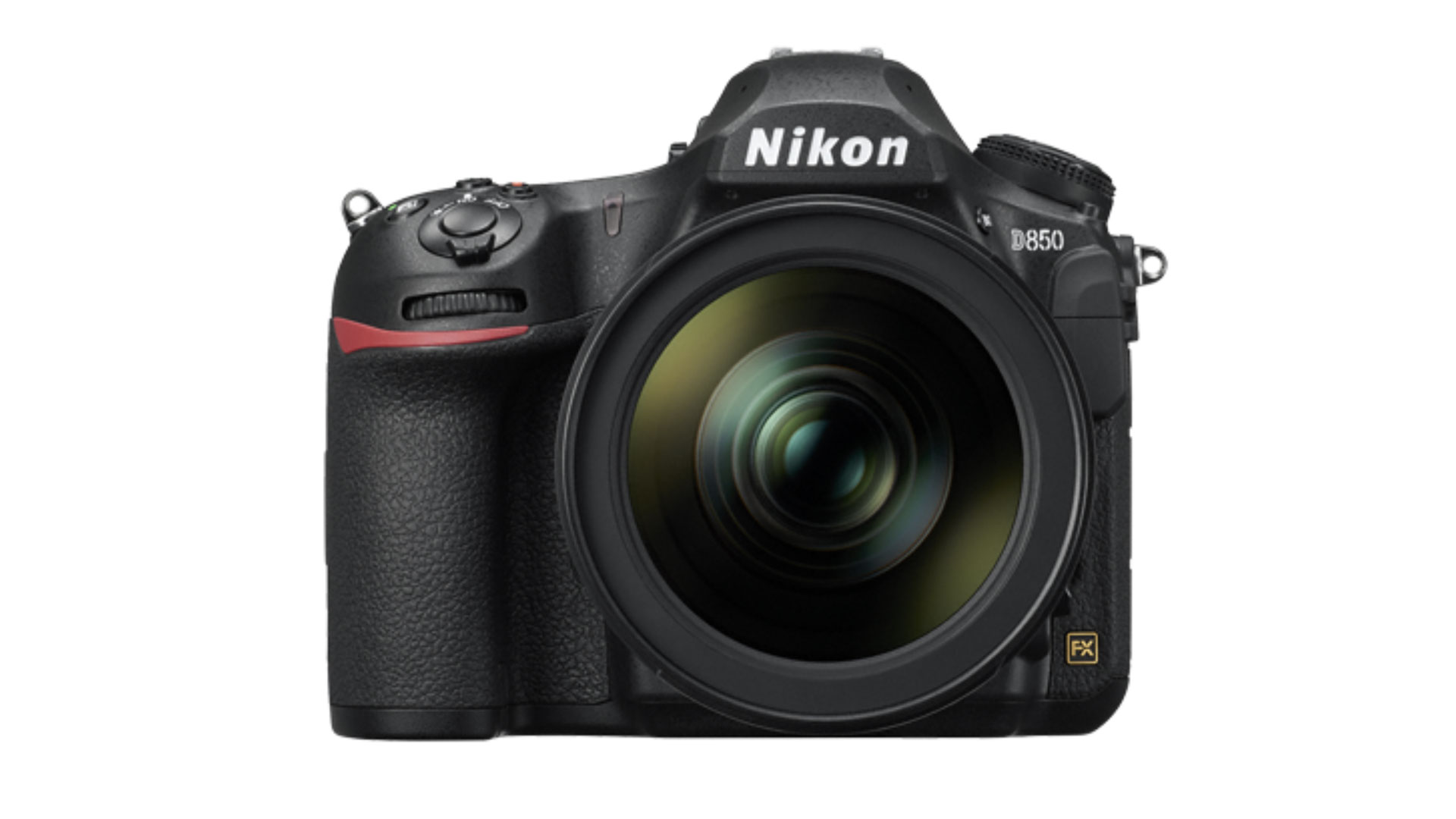Perseid meteor shower 2022 webcast: Watch the 'shooting stars' live online tonight!
Weather permitting, astrophysicist Gianluca Masi will stream live views of the Perseid meteor shower from Italy.
The annual Perseid meteor shower is approaching its peak, and you can enjoy the event live online.
The 2022 Perseid meteor shower is expected to peak between Aug. 11 and 12. However, the bright moonlight from August's full Sturgeon Moon on Aug. 11 will complicate viewing the meteor shower's peak, which is why the Virtual Telescope Project is hosting a live webcast on Aug. 10, before the moon reaches peak brightness. The webcast will begin at 9:30 p.m. EDT (0130 GMT Aug. 11), weather permitting.
"Because of the full moon on the night of their peak, we will run this live feed two days earlier, so our satellite will be below the horizon, with still a very good number of meteors!" Gianluca Masi of the Virtual Telescope Project wrote.
Related: Perseid meteor shower 2022 guide: When, where & how to see it

If you're looking for a good camera for meteor showers and astrophotography, our top pick is the Nikon D850. Check out our best cameras for astrophotography for more and prepare for a meteor shower with our guide on how to photograph a meteor shower.
The Virtual Telescope Project's live webcast on Aug. 9 will begin at 9 p.m. EDT (0100 GMT Aug. 10) and share any meteors captured by the telescopes' wide-field cameras. You'll also be able to watch on Space.com, courtesy of the Virtual Telescope Project.
The Perseids meteor shower is active every year from mid-July to late August, when Earth passes through the debris remnants, or bits of ice and rock, left behind by Comet Swift-Tuttle. The Perseids peak as Earth passes through the densest and dustiest area of the comet's trail.
Most years, under clear skies and low light pollution, Perseid viewers can expect to see between 50 and 100 visible meteors, or "shooting stars," per hour at the shower's peak.
Breaking space news, the latest updates on rocket launches, skywatching events and more!
However, the bright light from the August full moon, which is also a supermoon (since the full moon coincides with the moon's closest approach to Earth in its orbit), will make it difficult to see many meteors. This year, viewers should expect the average number of visible meteors to linger between 10 and 20 per hour at best during its peak, according to a statement from NASA astronomer Bill Cooke.
Therefore, the best time to look for Perseids this year is in the pre-dawn hours when the moon is below the horizon, a few days before the peak. If you aren't able to go outside and enjoy the annual meteor shower, be sure to catch the Virtual Telescope Project's live webcast on Aug. 9, when the moon is expected to set about 60 minutes before dawn, offering a short window of dark skies to observe more meteors.
Editor's note: The time and date of the Virtual Telescope Project's live Perseid meteor shower webcast were updated following a reschedule due to cloud cover.
Follow Samantha Mathewson @Sam_Ashley13. Follow us on Twitter @Spacedotcom and on Facebook.

Samantha Mathewson joined Space.com as an intern in the summer of 2016. She received a B.A. in Journalism and Environmental Science at the University of New Haven, in Connecticut. Previously, her work has been published in Nature World News. When not writing or reading about science, Samantha enjoys traveling to new places and taking photos! You can follow her on Twitter @Sam_Ashley13.

